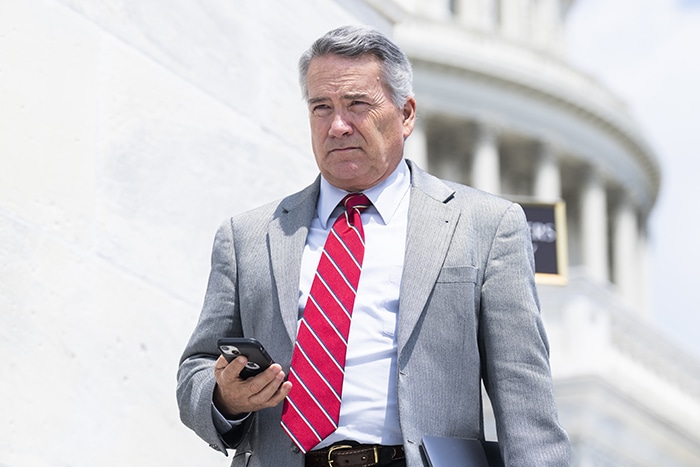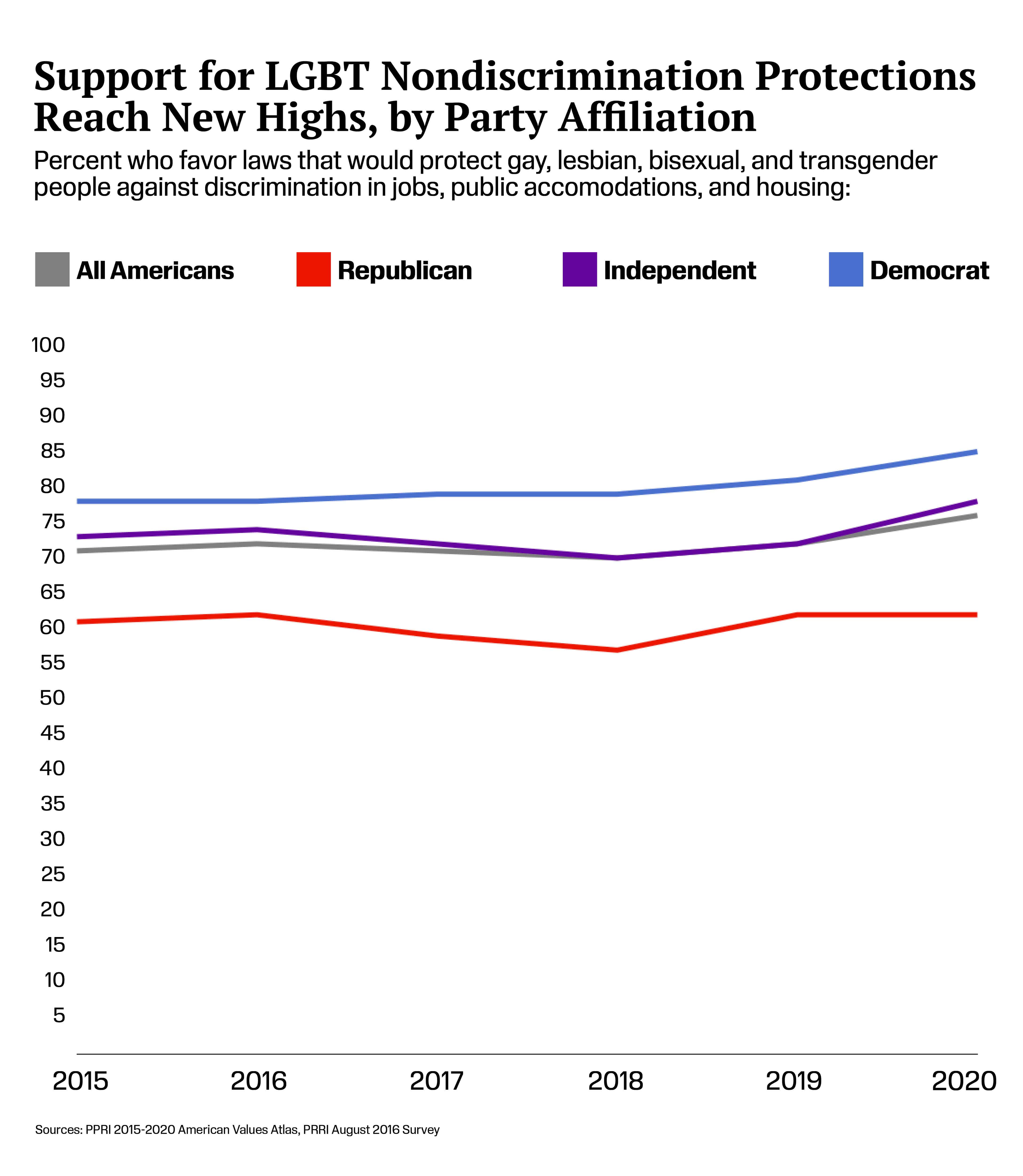Senators write a scathing letter to Binance alleging it’s a ‘hotbed of illegal financial activity’ and has helped pay criminals billions
BYOLGA KHARIF AND BLOOMBERG
March 2, 2023

Changpeng Zhao, Co-Founder & CEO, Binance, at Media Village during day one of Web Summit 2022 at the Altice Arena in Lisbon, Portugal.
BEN MCSHANE—SPORTSFILE FOR WEB SUMMIT/GETTY IMAGES
US Senators representing both Democrats and Republicans are demanding that Binance and Binance.US provide a detailed accounting of their finances and efforts to maintain regulatory compliance, according to a letter signed by Senators Elizabeth Warren, Chris Van Hollen and Roger Marshall
“[What] little information about Binance’s finances is available to the public suggests that the exchange is a hotbed of illegal financial activity that has facilitated over $10 billion in payments to criminals and sanctions evaders,” the senators wrote in the letter, which was dated March 1.
The letter, addressed to Binance.US President Brian Shroder and Binance Chief Executive Officer Changpeng “CZ” Zhao, cited recent Reuters reporting that cast doubt on the extent to which the two entities were really independent of each other. This line of questioning echoes a recent court filing from Texas officials related to the proposed Binance.US acquisition of the bankrupt crypto broker Voyager Digital. Binance and Binance.US have the same majority owner in Zhao, according to the details laid out in the Texas filing. The global entity had secret access to a bank account belonging to the US exchange, according the Reuters report.
Binance is the world’s biggest crypto exchange, with nearly 60% market share as of mid-February, according to research firm CryptoCompare. Over the past several years, it’s faced investigations from US agencies including the Department of Justice, the Internal Revenue Service and the Securities and Exchange Commission. The senators’ letter cited “investigations into criminal sanctions evasion, money laundering conspiracy, unlicensed money transmission, questions about its financial health, and increased scrutiny over its intentionally ‘opaque corporate structure.’”
That increasing scrutiny has also extended to Binance partners and counterparties. In February, the issuer of a Binance-branded stablecoin acknowledged that it had received a Wells notice from the SEC. The company, Paxos, had also been directed by the New York State Department of Financial Services to stop any further issuance of the BUSD stablecoin, which was at the time the third-largest in the market by circulation. Earlier this year, investigators identified Binance as a counterparty to Bitzlato, a digital-asset platform accused of processing millions of dollars in illegal funds.
The senators allege in the letter that Binance allowed US users to access its global site, which they are supposed to be prohibited from using. It likened Binance to the collapsed FTX exchange, which filed for bankruptcy in November after revealing it misused customer funds.
“Mr. Zhao’s assertion that Binance.US is fully independent is eerily similar to claims Sam Bankman-Fried made regarding the distinction between FTX US and FTX – claims that appear to be false, given that FTX US has filed for bankruptcy, its users have lost access to their funds, and its new CEO has declared that it is, in fact, insolvent,” the senators wrote. “With this scheme in place, and in pursuit of profits, Binance has intentionally allowed US-based users to illegally access and trade unregulated products on the main exchange.”
The letter criticized the exchange’s compliance efforts, saying: “Binance’s business strategy appears to depend, at least in part, on the maintenance of a laughably weak anti-money laundering compliance program.”
Binance’s Chief Strategy Officer Patrick Hillmann told Bloomberg in a recent interview that the exchange had compliance “gaps” in the past, but has since addressed and closed them. Hillmann said the company is in settlement discussions with US regulators but couldn’t provide a timeline or a potential settlement amount. Binance also hired a new chief compliance officer in January: Noah Perlman joined the exchange after a stint at the Winklevoss-founded Gemini Trust.
“Unfortunately, a lot of misinformation has been spread about our company and we look forward to correcting the record,” Binance said in a statement to Bloomberg. “As a globally regulated exchange, we receive queries from officials in jurisdictions in which we operate on a regular basis and we always respond in an attempt to both explain our business operations and cooperate with our regulators. Binance.com does not operate in the US, nor do we have US-based customers, however we appreciate the senators’ request and will provide information to help them better understand why we remain the most trusted platform with users across the globe.”
Binance.US didn’t return a request seeking comment.
SEC objections to Voyager-Binance deal criticized by U.S. judge
By Dietrich Knauth

Representations of cryptocurrencies and Voyager Digital logo
By Dietrich Knauth

Representations of cryptocurrencies and Voyager Digital logo
are seen in this illustration taken, July 7, 2022.
REUTERS/Dado Ruvic/Illustrations/File Photo
March 2 (Reuters) - A U.S. bankruptcy judge on Thursday criticized the Securities and Exchange Commision for casting vague doubts about crypto lender Voyager Digital's proposed sale to Binance.US, saying the regulator had essentially asked to "stop everybody in their tracks" without explaining how to address its concerns.
U.S. Bankruptcy Judge Michael Wiles made the remarks at a court hearing in New York to consider Voyager Digital's restructuring plan that would sell its assets and transfer its customers to crypto exchange Binance.US.
Even if Wiles confirms the plan, the sale, which Voyager values at $1.3 billion based on current crypto prices, cannot close until it gets final approval from the SEC and the Committee on Foreign Investment in the United States (CFIUS), which has also raised doubts about the deal.
The SEC, which has objected to the sale, is currently investigating whether Voyager's crypto lending business involved the sale of unregistered securities. It has raised concerns in court filings that Voyager cannot prove that the Binance deal or any other crypto transaction complies with U.S. securities law.
When pressed by Wiles as to whether the SEC believed that the Voyager sale violated U.S. securities laws, SEC attorney William Uptegrove did not have a definite answer.
"We can't take a position at this point," Uptegrove said. "The SEC is a deliberative body, and it's process is a nonpublic one by federal law."
Wiles was not satisfied with that response.
"Deliberative is one thing, but what have you done?" Wiles asked. "If there are reasons to be concerned here, I need to hear specifics."
Wiles is expected to rule on whether Voyager's bankruptcy plan should be confirmed later on Thursday.
The Binance transaction includes a $20 million cash payment and an agreement to transfer Voyager's customers to Binance.US's crypto exchange. The crypto assets deposited by Voyager customers account for the bulk of the deal's valuation, according court documents.
Once Voyager's customers have Binance.US accounts in place, they will be able to make withdrawals for the first time since Voyager froze their accounts last summer.
Voyager filed for bankruptcy in July, months after the crash of major crypto tokens TerraUSD and Luna sent shockwaves across the digital asset industry.
It estimates the sale will allow customers to recover 73% of the value of their deposits at the time of Voyager's bankruptcy filing, the company's attorney Christine Okike said at Thursday's hearing.
CFIUS did not formally object to the Binance sale, but it warned that its ongoing review of national security concerns could end up blocking the deal.
Binance.US has said that it is "fully independent" of its international parent company Binance, which is owned by Chinese-born and Singapore-based Changpeng Zhao.
March 2 (Reuters) - A U.S. bankruptcy judge on Thursday criticized the Securities and Exchange Commision for casting vague doubts about crypto lender Voyager Digital's proposed sale to Binance.US, saying the regulator had essentially asked to "stop everybody in their tracks" without explaining how to address its concerns.
U.S. Bankruptcy Judge Michael Wiles made the remarks at a court hearing in New York to consider Voyager Digital's restructuring plan that would sell its assets and transfer its customers to crypto exchange Binance.US.
Even if Wiles confirms the plan, the sale, which Voyager values at $1.3 billion based on current crypto prices, cannot close until it gets final approval from the SEC and the Committee on Foreign Investment in the United States (CFIUS), which has also raised doubts about the deal.
The SEC, which has objected to the sale, is currently investigating whether Voyager's crypto lending business involved the sale of unregistered securities. It has raised concerns in court filings that Voyager cannot prove that the Binance deal or any other crypto transaction complies with U.S. securities law.
When pressed by Wiles as to whether the SEC believed that the Voyager sale violated U.S. securities laws, SEC attorney William Uptegrove did not have a definite answer.
"We can't take a position at this point," Uptegrove said. "The SEC is a deliberative body, and it's process is a nonpublic one by federal law."
Wiles was not satisfied with that response.
"Deliberative is one thing, but what have you done?" Wiles asked. "If there are reasons to be concerned here, I need to hear specifics."
Wiles is expected to rule on whether Voyager's bankruptcy plan should be confirmed later on Thursday.
The Binance transaction includes a $20 million cash payment and an agreement to transfer Voyager's customers to Binance.US's crypto exchange. The crypto assets deposited by Voyager customers account for the bulk of the deal's valuation, according court documents.
Once Voyager's customers have Binance.US accounts in place, they will be able to make withdrawals for the first time since Voyager froze their accounts last summer.
Voyager filed for bankruptcy in July, months after the crash of major crypto tokens TerraUSD and Luna sent shockwaves across the digital asset industry.
It estimates the sale will allow customers to recover 73% of the value of their deposits at the time of Voyager's bankruptcy filing, the company's attorney Christine Okike said at Thursday's hearing.
CFIUS did not formally object to the Binance sale, but it warned that its ongoing review of national security concerns could end up blocking the deal.
Binance.US has said that it is "fully independent" of its international parent company Binance, which is owned by Chinese-born and Singapore-based Changpeng Zhao.



















